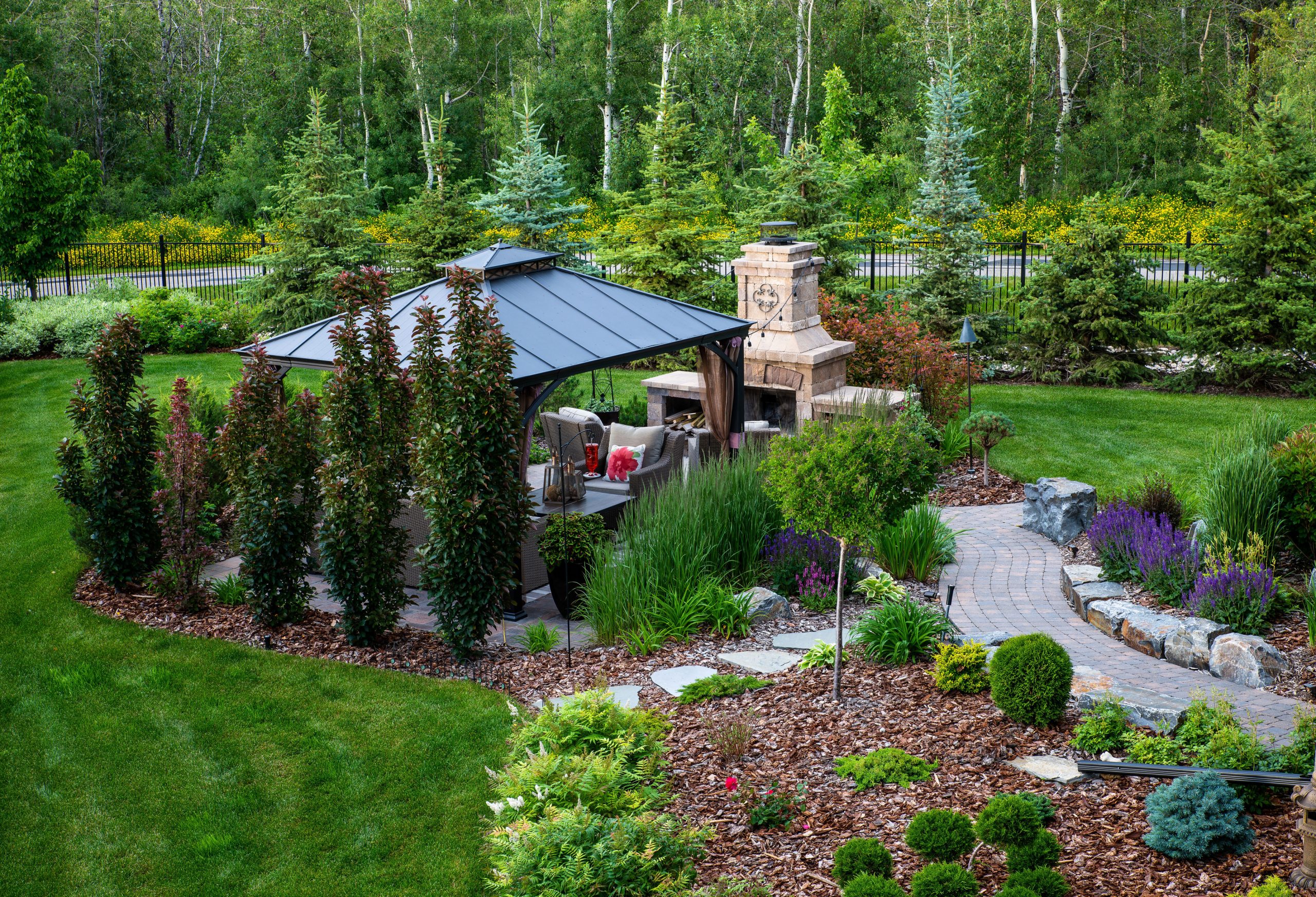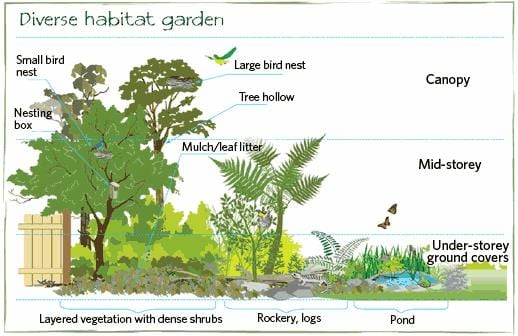Hilton Head Landscapes Fundamentals Explained
The Greatest Guide To Hilton Head Landscapes
Table of ContentsHow Hilton Head Landscapes can Save You Time, Stress, and Money.Getting The Hilton Head Landscapes To WorkThe 6-Minute Rule for Hilton Head LandscapesThe 5-Minute Rule for Hilton Head LandscapesSome Known Incorrect Statements About Hilton Head Landscapes About Hilton Head LandscapesHilton Head Landscapes Can Be Fun For Everyone
Line creates all kinds and patterns and can be made use of in a range of means in the landscape. Line in the landscape is produced by the edge in between two products, the overview or shape of a type, or a lengthy direct attribute. Lines are an effective device for the designer due to the fact that they can be made use of to develop an unlimited variety of forms and forms, and they regulate movement of the eye and the body.

Lines can have several characteristics, such as those defined below, but they typically serve various functions. Figure 1. Lines in the landscape - Landscapers near me. The homes of lines determine just how people react to the landscape, both emotionally and literally. Straight lines are structural and powerful; they develop a formal personality, are typically related to an in proportion layout, and lead the eye directly to a focal point.
8 Easy Facts About Hilton Head Landscapes Shown
Straight lines are most frequently found in hardscape sides and product. Bent lines produce an informal, natural, kicked back character that is associated more with nature and unbalanced equilibrium. Rounded lines relocate the eye at a slower speed and include enigma to the room by developing covert sights. Upright lines move the eye up, making a room feel larger.
Vertical lines in the landscape consist of high, slim plant product, such as trees, or tall frameworks, such as an arbor or a bird house on a pole. Horizontal lines relocate the eye along the ground plane and can make a space really feel bigger. Reduced lines are extra restrained and develop a sensation of rest or repose.
About Hilton Head Landscapes
Low lines are developed by low yard walls, sidewalks, and short bushes. Lines are utilized to draw types on a strategy. In strategy view, they define plant beds and hardscape locations. Lines are likewise developed by the upright types of constructed functions and plant product. There are three key line types that produce form in the landscape: bedlines, hardscape lines, and plant lines.
Bedlines link plant product to your house and hardscape due to the fact that the eye complies with the line, relocating the look via the landscape. Hardscape lines are created by the side of the hardscape, which defines the constructed framework. Line can likewise be produced by lengthy and narrow products, such as a fencing or wall.
Hilton Head Landscapes - An Overview
Kind is found in both hardscape and plants, and it is typically the dominant visual aspect that spatially organizes the landscape and typically figures out the design of the garden. The kind of frameworks, plant beds, and garden accessories additionally establishes the overall type style of the garden. Official, geometric kinds consist of circles, squares, and polygons.
Plants create form in the yard with their details or silhouettes, however form can additionally be specified by a space or negative area in between plants - Landscapers near me (https://canvas.instructure.com/eportfolios/3001127/Home/Transform_Your_Yard_with_Hilton_Head_Landscapers). Circles can be cycles, or they can be split into half circles or circle sections and combined with lines to produce arcs and tangents
Hilton Head Landscapes Fundamentals Explained
Circles are a solid design kind since the eye is constantly attracted to the center, which can be utilized to stress a focal factor or link various other forms. Round forms in hardscape and yard panels.
The square form can likewise be fractional and used repeatedly to produce a grid pattern. Unlike circles, squares are stronger on the sides, which can be aligned or overlapped to produce one-of-a-kind patterns and more complex types. Polygons are many-sided kinds with straight sides. Triangulars, for instance, are three-sided polygons.
Meandering lines commonly mimic the natural program of rivers or streams and can be called smooth lines with deeply bent wavinesses. Meandering lines (Number 3) function well for paths, plant bedlines, and completely dry stream beds. Twisting lines can include interest and mystery to a garden by leading visitors around corners to find brand-new views and spaces.
Examine This Report on Hilton Head Landscapes

Usual plant types are well established and standard, as type is the most consistent and well-known quality of plants. Kind can likewise be created via the massing of plants, where the general mass creates a various type than an individual plant.
A very contrasting kind should be used with careone or a fantastic read more work well as a prime focus, however a lot of produce chaos. All-natural plant forms, as opposed to over-trimmed forms, need to establish the mass of the composition. The relevance of general form is basically dependent on the checking out perspectivethe type of a tree can appear fairly different to an individual standing under the canopy versus seeing the tree from a range in an open area.
Getting My Hilton Head Landscapes To Work
Plant types also create and specify the void or open rooms between the plants, producing either convex or concave forms in the spaces. High-arching tree branches generally develop a concave open space under the branches, and a round canopy with low branches fills up the area to produce a convex form in the open space under the tree.
